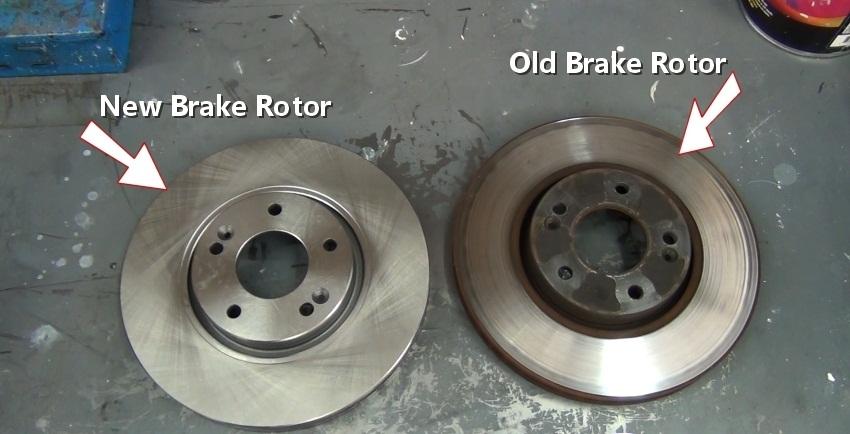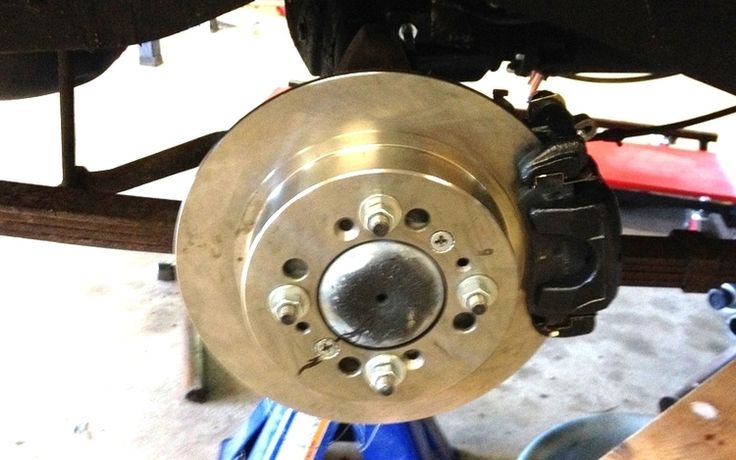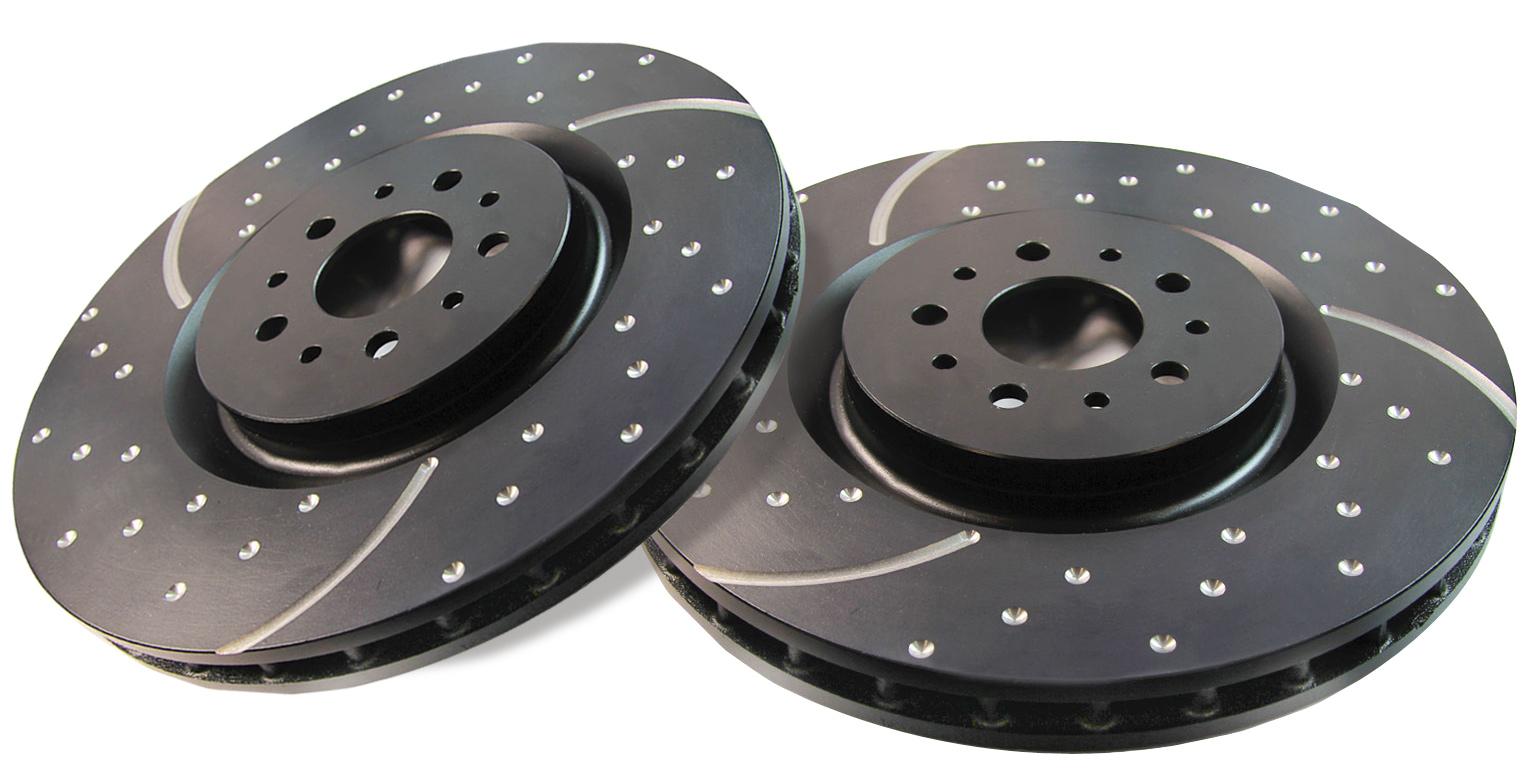Before buying used brake rotors for your car, there are many things to consider. In comparison to new brake rotors, older parts are often excellent value for money. Moreover, used brake rotors work very well. However, brake rotors are a crucial part of your vehicle. Any disturbance in it can push you and your family in the high-risk zone of an accident. Therefore, let’s consider whether you should implement used brake rotors into your car.
Contents
Things You Should Consider When Buying Used Brake Rotors
# 1 Used brake rotors could be defective
Buy brakes and rotors with care, especially when you are shopping for old parts. Old brake rotors can sometimes be defective. Some people tend to sell defective brake rotors to make a wholesome profit. When you buy used brake rotors, you may not have accurate information about their history, including how they were used and maintained, or if they were involved in any accidents. So used rotors may have hidden damage, such as warping, cracks, or uneven wear, which can compromise braking effectiveness and safety.
Before paying for the product, the duty to find out whether there is any fault is solely yours. Take all the time you need and carefully inspect the brake rotors you are willing to buy. If necessary, ask experts on how to detect defective brake rotors.
# 2 Reducing performance
Brake rotors play a crucial role in the braking system’s performance by providing friction to slow down or stop the vehicle. Over time, rotors wear down, develop grooves, or become uneven due to heat and friction. Used rotors may have already reached their maximum wear limit or have uneven surfaces, which can negatively impact braking efficiency, increase stopping distances, and lead to uneven braking.
# 3 Having a shorter lifespan
You need to be careful even when buying refurbished, almost new brake rotors. Instead of relying on the life expectancy information by the manufacturer, consult with your regular auto mechanic to know the real condition of the brake rotors. In other words, how many days will they survive? It will allow you to avoid any potentially dangerous situation.

# 4 Safety concerns
The braking system is critical for your safety and the safety of others on the road. Using used brake rotors with unknown or compromised conditions increases the risk of brake failure, decreased braking power, and compromised vehicle control. It’s crucial to prioritize safety by using high-quality, properly maintained brake components.
What Types of Brake Rotors Do You Need?
At first glance, all brake rotors may look the same. But in reality, there are many varieties of this item. Every vehicle has an exclusive brake rotor type. Before buying used brake rotors from a person or a retail shop, get to know the particular rotor type for your vehicle first. There are a few common types of brake rotors you can refer to:
- Solid brake rotors: Solid brake rotors are the most basic type and are typically found in standard passenger cars.
- Vented brake rotors: They also known as ventilated or slotted rotors, have a series of channels or slots machined into their surface. These slots or channels help to dissipate heat more effectively, reduce the risk of brake fade, and improve braking performance in demanding driving conditions. Vented rotors are commonly used in performance-oriented vehicles or for those who engage in spirited driving.
- Drilled brake rotors: They have holes drilled into their surface. The primary purpose of these holes is to aid in heat dissipation and gas release, which can reduce the risk of brake fade and improve performance.
- Slotted brake rotors: Slotted brake rotors have slots machined into their surface. These slots help to expel gas, water, and debris from the rotor, maintaining consistent contact between the brake pads and rotors.
Installing Brake Rotors
If you have the necessary tools for brake rotor installation at home, then you can do it on your own. You can just install it with proper knowledge of the whole process. On the other hand, you can have a mechanic do the job for you. You can follow the steps below to learn more:

Prepare necessary tools
Typically, including some basic tools such as a lug wrench, a socket set, a torque wrench, a C-clamp or brake caliper tool, and possibly a hammer or rubber mallet
Remove the wheel
Use the lug wrench to loosen the lug nuts on the wheel where you’ll be replacing the brake rotor. Once the lug nuts are loose, use a jack to lift the vehicle off the ground and place jack stands underneath for added support. Remove the lug nuts and take off the wheel.
Remove the brake caliper
Locate the brake caliper, which is usually mounted to the brake bracket with bolts or slide pins. Use the appropriate socket or wrench to remove the bolts or slide pins and carefully remove the caliper from the rotor. Hang the caliper using a wire or bungee cord to prevent strain on the brake hose.
Remove the brake rotor
Inspect the brake rotor for any retaining screws or clips holding it in place. If present, remove them. If the rotor is stuck, tap it gently with a hammer or rubber mallet to loosen it. Once loose, you can slide the rotor off the hub.
Clean and prepare the new rotor
Before installing the new rotor, clean it with brake cleaner to remove any protective coating or debris. If the new rotor has a greasy film, clean it off as well.
Install the new rotor
Slide the new rotor onto the hub, ensuring it sits flush against the hub surface. If there were retaining screws or clips, install them to secure the rotor in place.
Watch more tips when buying a brake rotor:




I love reading an article that can make
people think. Also, thanks for allowing for me to comment!
We are happy to receive your comments. Please share with your friends so they can enjoy this article, too.
Admiring the time and energy you put into your site
and detailed information you provide. It’s nice to come across a blog every once in a while that isn’t the same unwanted rehashed information. Wonderful read!
I’ve saved your site and I’m adding your RSS feeds to my Google account.
Arigatou. Thank you. Your comments encourage us a lot.